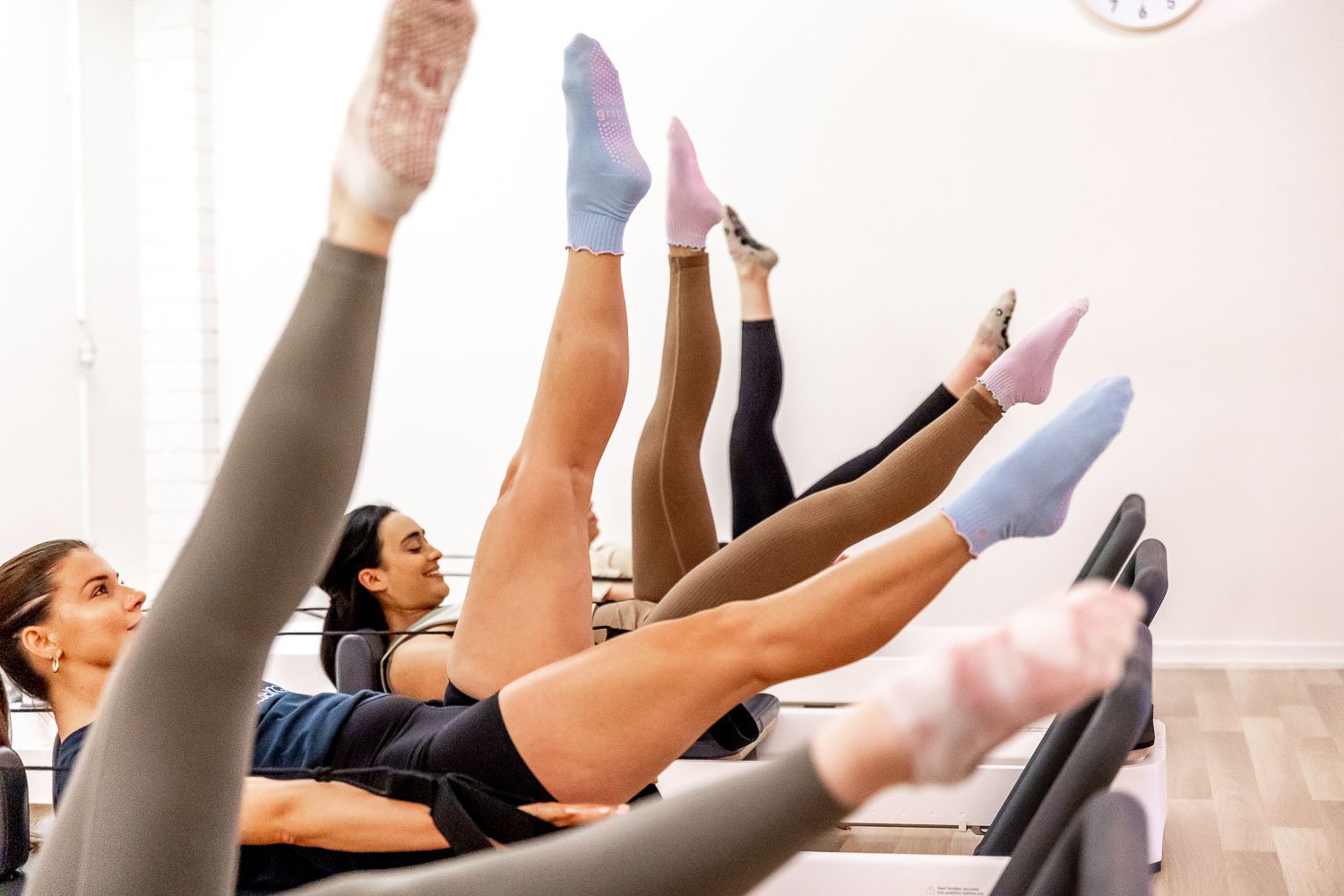What to Expect in Your First Reformer Pilates Class
Stepping into your first Reformer Pilates class can be both exciting and a bit daunting. Reformer Pilates, known for its unique equipment and effective results, offers a different experience from traditional mat Pilates or other fitness classes. This guide will walk you through what to expect in your first session, ensuring you feel prepared, confident, and ready to embrace the Reformer Pilates journey.
Understanding the Reformer Machine
Your first encounter in a Reformer Pilates class will be with the Reformer machine itself. This sophisticated piece of equipment, with its sliding carriage, springs, ropes, and pulleys, might look intimidating at first. However, it's designed to provide a versatile and adjustable workout. Your instructor will guide you on how to use the machine safely and effectively, adjusting the settings to match your fitness level and comfort.
The Structure of the Class
A typical Reformer Pilates class lasts about 45 to 60 minutes. It usually begins with a warm-up to prepare your body, followed by a series of exercises targeting different muscle groups. The class often ends with a cool-down period to relax and stretch the muscles you've worked.
Types of Exercises
Reformer Pilates exercises vary widely, offering a full-body workout. You'll engage in movements that improve your core strength, enhance flexibility, and build muscle tone. Exercises can range from leg presses and arm movements to more complex exercises that challenge your balance and coordination. The resistance from the springs and pulleys provides a unique challenge compared to traditional weight-bearing exercises.
Personalised Attention
One of the key benefits of Reformer Pilates is the personalised attention you receive. Classes are typically small, allowing instructors to provide individual guidance. Your instructor will ensure you're performing movements correctly and safely, offering modifications to suit your fitness level.
Physical and Mental Engagement
Reformer Pilates is as much a mental workout as it is physical. It requires concentration and mindfulness, as you coordinate your breathing with your movements. This focus not only enhances the effectiveness of the exercises but also helps in developing a deeper mind-body connection.
What to Wear and Bring
Comfort is key in a Reformer Pilates class. Wear fitted, stretchable clothing that allows for a full range of motion. Avoid loose clothing that could get caught in the equipment. Most studios recommend grip socks to prevent slipping. Bring a water bottle to stay hydrated and a towel if you prefer having your own.
Before the Class
If you're new to Pilates or exercise in general, consider arriving a few minutes early. This gives you a chance to speak with the instructor about any concerns or physical limitations you might have. It's also an opportunity to familiarise yourself with the studio and the Reformer machine.
After the Class
You might feel some muscle soreness after your first Reformer Pilates class, which is normal. It's a sign that you've worked muscles that might not get much attention in other workouts. Regular classes will help in reducing this soreness as your body adapts to the new exercises.
Conclusion
Your first Reformer Pilates class is the beginning of an exciting journey towards improved strength, flexibility, and overall well-being. Each class will help you progress further, building your confidence and abilities on the Reformer. Remember, every expert was once a beginner, so embrace the learning process and enjoy your Pilates journey.
FAQs for First-Time Reformer Pilates Participants
Q: Is Reformer Pilates suitable for beginners?
A: Absolutely! Reformer Pilates can be adapted for all fitness levels, including beginners.
Q: How often should I attend Reformer Pilates classes?
A: Starting with 1-2 classes per week is a good way to introduce your body to this form of exercise, gradually increasing frequency as you become more comfortable.
Q: Can I do Reformer Pilates if I have an existing injury?
A: It's important to consult with your healthcare provider before starting any new exercise regimen, especially if you have an existing injury. Inform your instructor about any concerns so they can modify exercises accordingly.

